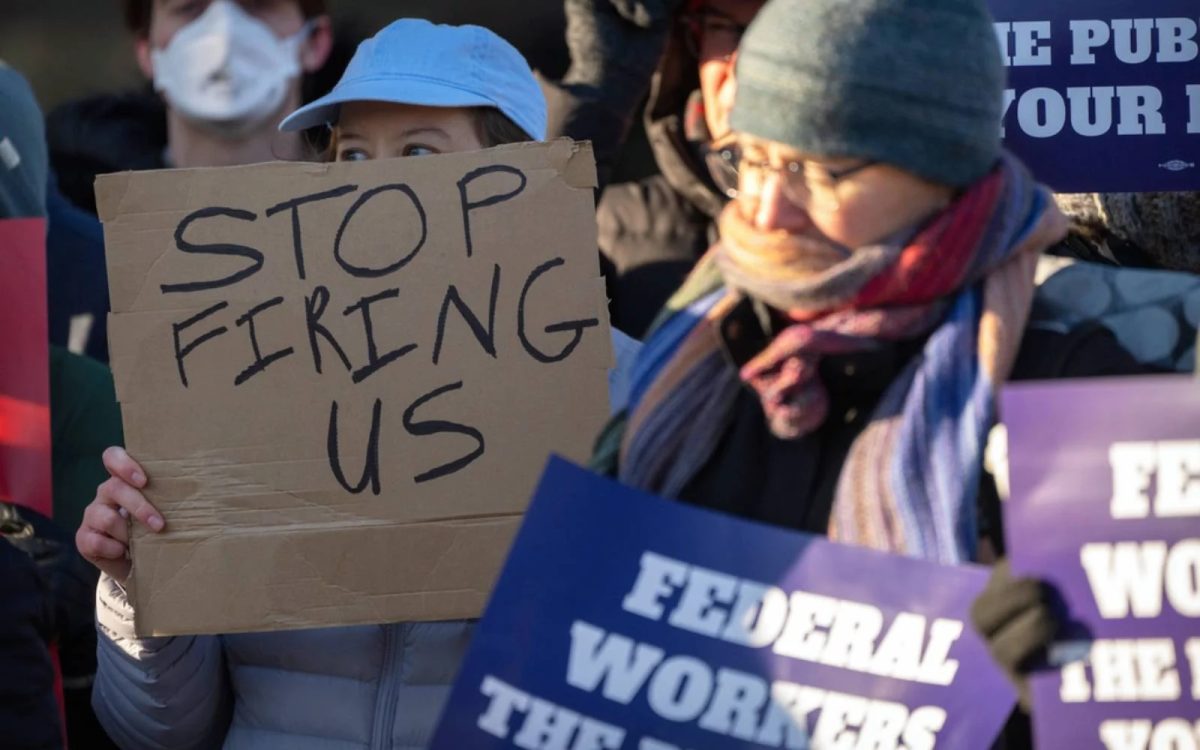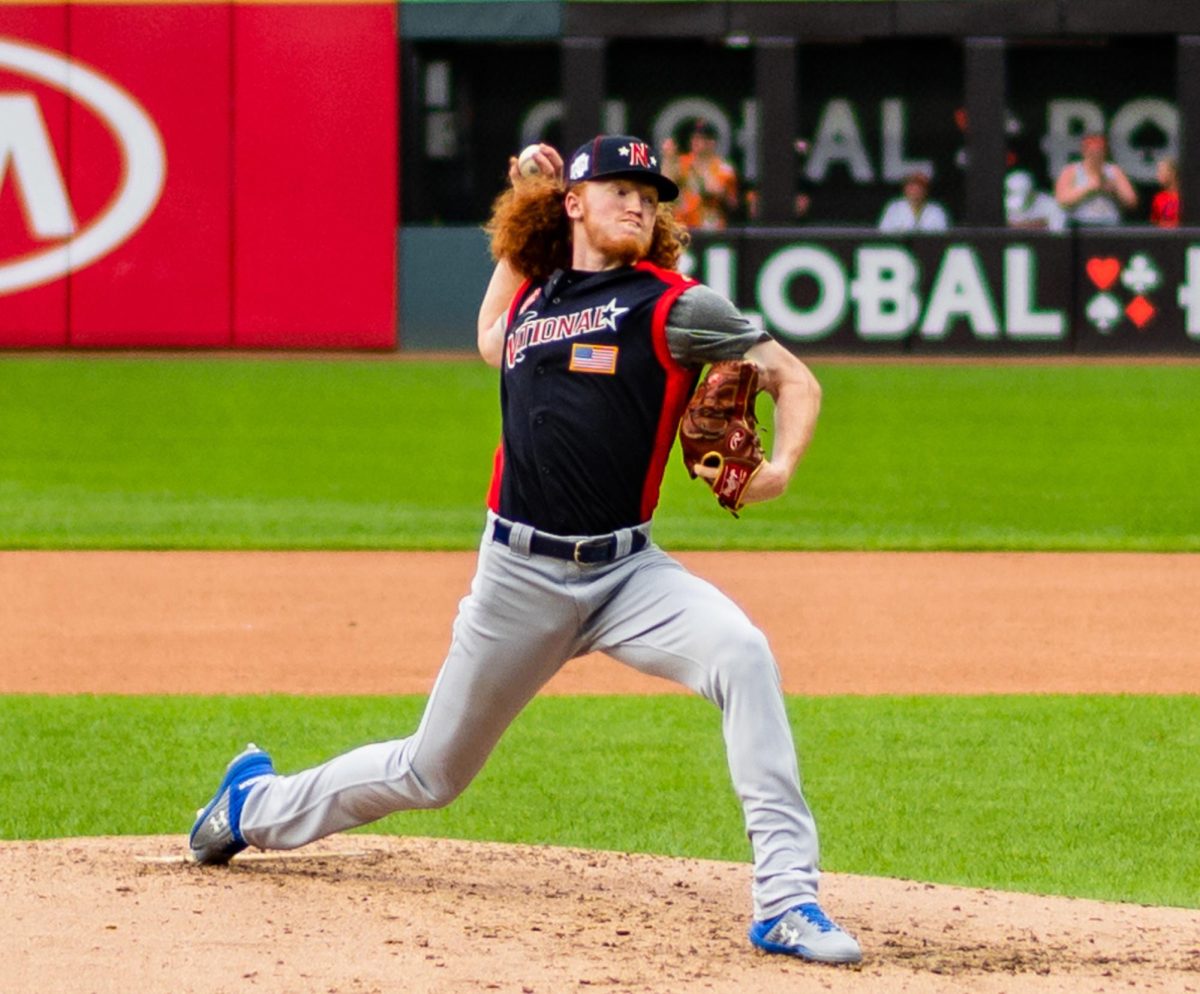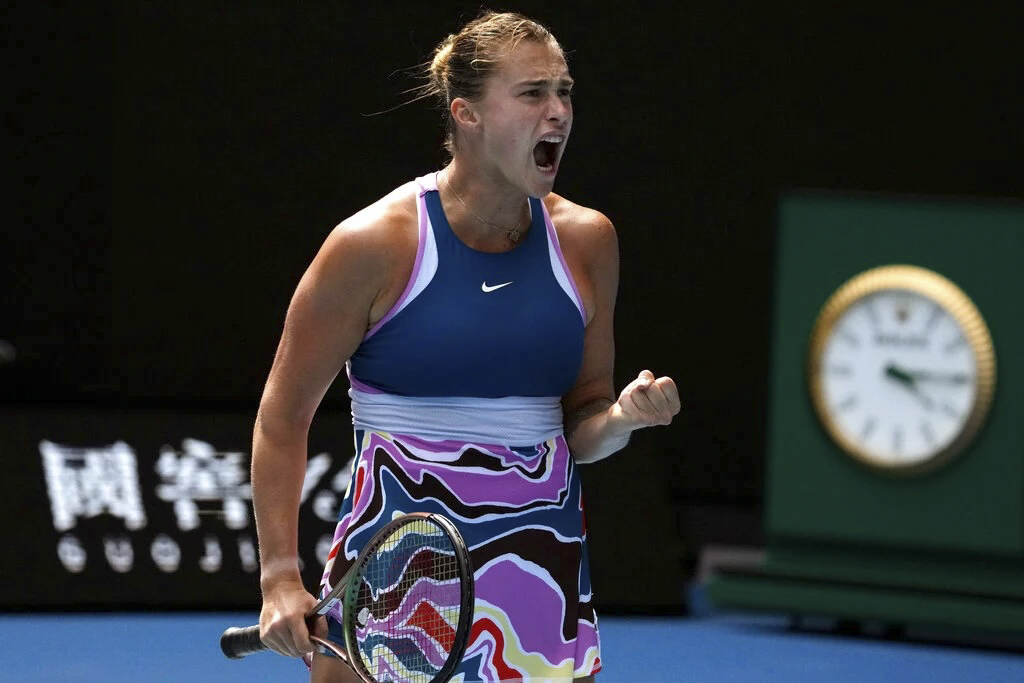On the morning of Feb. 15, following back and forth between his legal team and the World Anti-Doping Agency (WADA), it was announced that Jannik Sinner would be hit with a three-month ban from competitive tennis. At age 23, the world’s number one ranked men’s tennis player and three-time Grand Slam champion from Italy tested positive twice for clostebol, a banned anabolic steroid, in March 2024.
The ban started at 11:59 p.m. on Feb. 9 and will end on May 4, marking a departure from typical penalties imposed for such offenses. Sinner’s case has led to significant changes in anti-doping, as it challenges existing precedents and proposes a more flexible approach to handling unintentional doping violations.
Sinner tested positive twice for clostebol, once at the BNP Paribas Open set in Indian Wells, California on March 10, and once shortly after on March 18, following the competition. Initially, Sinner’s suspension was successfully appealed, so the tests weren’t made public, and he was allowed to continue competing.
Unsatisfied with the International Tennis Integrity Agency (ITIA)’s decision, WADA brought it up with the Court of Arbitration for Sport (CAS), seeking a punishment between 12 and 24 months. The case ended in a resolution that saw Sinner with an 85-day suspension, just shy of three months. The ruling was based on a case from Article 10.8.2 in the WADA code. The ban will allow Sinner to return just before the Italian Open and the French Open, two significant events on the tennis calendar.
Sinner’s case has not been universally accepted. Many are displeased, including several professional tennis players, such as Novak Djokovic and Daniil Medvedev. They have publicly expressed their concerns for favoritism or preferential treatment, given that the young Italian is currently the number one men’s tennis player.
Furthermore, the Professional Tennis Players Association (PTPA) has criticized the situation, arguing that it could lead to inconsistent rulings and unfair treatment in the future. Travis Tygart, CEO of the United States Anti-Doping Agency (USADA), also put forth his opinions, accusing WADA of cutting a deal under pressure and that external factors influenced their decision.
Under WADA’s code, athletes found guilty of violating anti-doping are usually subject to a suspension of one to two years. Unless the cause of the violation was due to a contaminated product. According to Sinner and his legal team, the clostebol found in his system was introduced unknowingly and unintentionally by an over-the-counter healing spray. He had a cut, and his trainer had applied it. The ITIA stood by his side, saying that Sinner did not dope intentionally and gained no competitive advantage, but WADA argued that their code still mandates a suspension.
Because WADA acknowledged that Sinner’s level of fault was minimal, it ultimately agreed to a three-month penalty. James Fitzgerald, the chief spokesperson for WADA, described Sinner’s situation as a “paradigm case,” where the severity of the punishment was adjusted based on the circumstances, including the lack of involvement. This marks a change in policy, however, as the agency has not historically proportionalized consequences.
In response, the WADA is drafting changes to its code that would allow for reduced disciplinary actions in cases where athletes can prove that the doping violation was unintentional and caused by a third-party or external contamination. While this change would give athletes more leeway in defending themselves legally, this is not planned to take place until 2027.











































